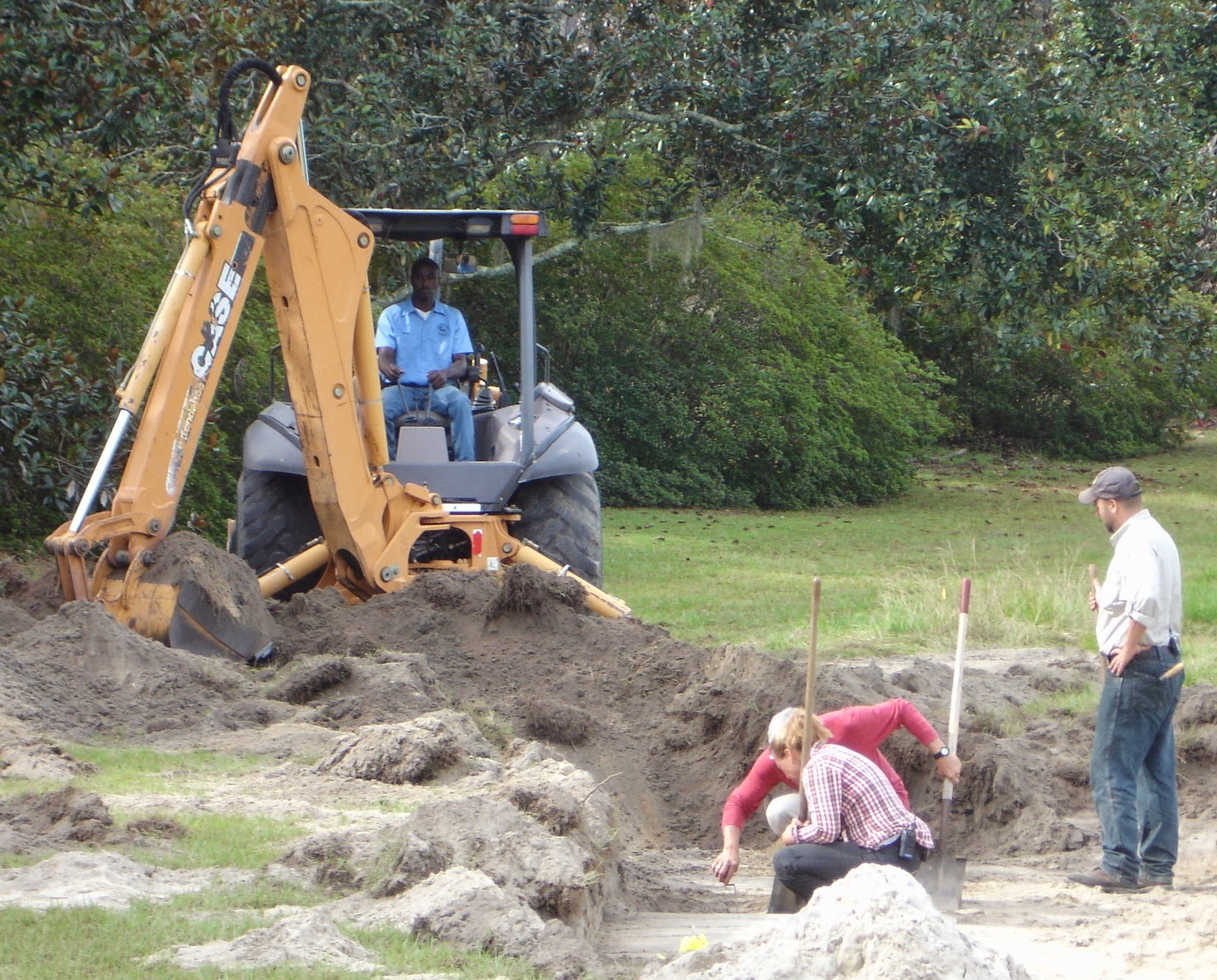 |
| William Tecumseh Sherman savors victory in Atlanta (Library of Congress) |
Maneuvering around the heaps of corpses, Second South Carolina Sgt. Richard Kirkland earned the sobriquet “The Angel of Mayre’s Heights” for bringing water to the parched lips of enemy soldiers wounded during a horrific, doomed assault at Fredericksburg.
“Heroism is a true reflection of character,” said Steve Davis, a Civil
War author and historian living in Atlanta. “That is character.”
Of course, character is a complex aspect of man. It is made up of qualities,
temperament and disposition, among other things.
And, as Davis will elucidate in a lecture on Sept. 2, timed to the 150th
anniversary of the surrender of Atlanta, character can play out in many
different ways.
 |
| Steve Davis |
Davis will speak that evening at Lovett School, a private K-12 institution,
which since May 2012 has sponsored, in conjunction with the Atlanta History
Center, a series of talks entitled “The
Civil War and the Forging of Character.” It continues through April 2015.
The author of “What the Yankees Did to Us: Sherman’s Bombardment and Wrecking of
Atlanta” and “Atlanta Will Fall: Sherman, Joe Johnston and the Heavy Yankee
Battalion,” will focus on what the Atlanta Campaign revealed about the
character and integrity of four pivotal generals: The Confederacy’s Joseph E.
Johnston and John Bell Hood, and the Union’s William T. Sherman and George
Thomas.
“They varied widely in performance and record,” said
Davis. “All four were dedicated.” He will discuss their early military careers and the formation of character.
“General Johnston, for
instance, was capable, experienced and respected as a general,” Davis told the
Picket. “But he lacked the will to fight. In my first work I call him Johnston
Cunctator, after the Roman Quintus Fabius, who cunctated (delayed) before the
advance of Hannibal toward Rome.”
 |
| Joseph E. Johnston |
“His flaw was that as a soldier and army commander he
lacked that will and resolve which an officer has to have,” David continued. “He
has to be able to send his mean to death. That distinguishes him from Robert E.
Lee.”
Of Johnston’s successor, Hood,
Davis said the hard-fighting general has risen in historians’ estimations from “buffoon
and bumbler” to a talented and dedicated officer who did well at brigade and
division levels but became a poster boy for the “Peter Principle” in higher
commands, including Atlanta.
Hood did have a good tactical
mind, said Davis. The Battle of Atlanta was a Stonewall Jackson-style
flanking attack that was the “closest he came to a battlefield victory” during
the campaign. Davis has a contract to write a book about Hood’s 1864
generalship.
 |
| John Bell Hood |
Before his evening lecture, Davis will spend some time
with upper classes at Lovett, which sits along the Chattahoochee River and has
some remaining breastworks erected by the 20th Corps of the Federal
Army of the Tennessee to protect river crossings.
The historian will ask students, who did summer reading
about the Civil War, for their thoughts and definitions of character, which may
include discipline and sacrifice.
One example is Thomas’ devotion to principle by deciding
to stay with the Union, rather than join fellow Virginians in the Confederate
army.
“His
family owned slaves, but he took an oath to the U.S. Army.” His sister despised
him for the choice, said Davis.
“Sherman I call skillful, (a leader) who enjoyed a stellar
rise to theater command. In personality, he was mercurial, if not quirky.”
 |
| George Thomas |
The Federal commander, had a bark worse than his bite, at
least during the Civil War, Davis argued. “He wrote letters with strong
language. He talked about exterminating. He never killed people, he just took
their stuff.”
Eventually, Sherman went from “hard” war to “total war,” where
killing was the prime objective. The Plains Indians were the later recipients
of that part of his character.
Davis is preparing a slideshow for his evening lecture at
Lovett. Students,
parents, faculty, alumni and the community at large are invited.
The author is keeping secret which of the four generals
to whom he will give the highest marks.
Admission to the 6
p.m. Sept. 2 lecture at the Hendrix-Chenault Theater at Lovett School in Atlanta is free, but reservations are
suggested. Please call (404)
262-3032, ext. 1717, or email carol.cummings@lovett.org. Light refreshments will be served
before the lecture starting at 5:30
pm. For more information, visit www.lovett.org/civilwar.













.jpg)




